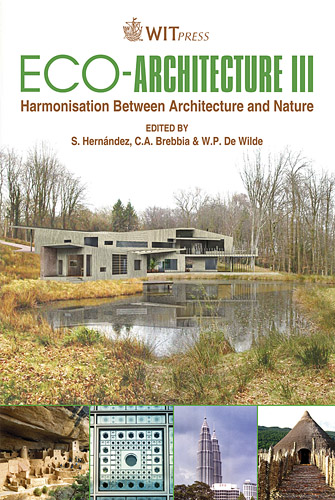An Emergy Evaluation Of A Medieval Water Management System: The Case Of The Underground \“Bottini” In Siena (Italy)
Price
Free (open access)
Transaction
Volume
128
Pages
6
Page Range
369 - 374
Published
2010
Size
1,071 kb
Paper DOI
10.2495/ARC100311
Copyright
WIT Press
Author(s)
R. M. Pulselli, B. Rugani, E. Tiezzi & N. Marchettini
Abstract
In the middle ages, Siena had a high population density and had to face the problem of water supply within the city walls for housing, crafts, industrial activities and fire risks. With this aim, a series of underground drifts, namely \“Bottini”, was built at the beginning of the 13th century and achieved a total length of 25 km in the 14th century. Bottini have been capturing rain water and conducting it from the countryside to the fountains in the city centre for centuries. Brick pavements and other structures, such as brick vaults (where necessary), guaranteed water clearness and allowed a special team of workers, \“bottinieri”, to move throughout the tunnels for management and maintenance. Bottini still bring 9.5 l/s of clear water. Currently water is only used to fill the fountains and is then wasted. Based on statistics on water use, we argued that the activity of maintaining Bottini is not only a good practice for the conservation of a precious cultural heritage, but could also be potentially an opportunity for improving urban ecology. In this paper, we propose to investigate the environmental impact of water use comparing Bottini with a contemporary water management system. In particular, an \“emergy evaluation” was developed for providing information about the sustainability of water use, both nowadays and in the past. Preliminary results showed that Bottini have a much lower environmental impact and can be potentially reused by withdrawing water and using it for some activities – such as irrigation of gardens and playgrounds, street washing and sanitary use – within the historical centre of Siena. Keywords: cultural heritage, energy systems diagrams, water management.
Keywords
cultural heritage, energy systems diagrams, water management





